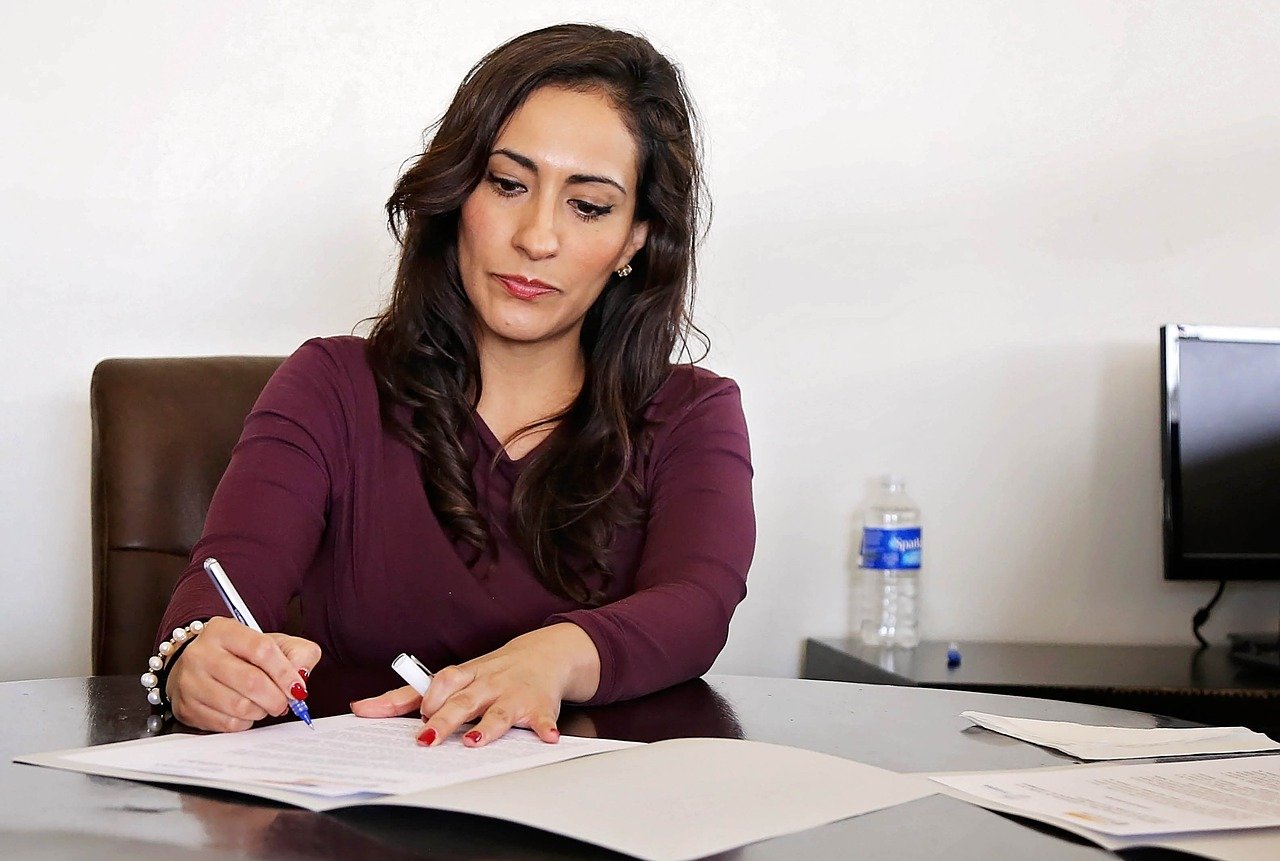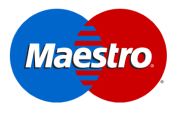How does VAT registration work?

Value Added Tax (VAT) is a consumption tax that businesses in the UK must collect and remit to HMRC. Understanding the rules and obligations surrounding VAT registration is essential for companies of all sizes.
This guide will explore the guidelines around VAT registration and registering for VAT in the UK.
What is VAT?
VAT is a tax levied on the sale of goods and services, which is added to the final price paid by the consumer and collected by businesses on behalf of the government.
VAT currently stands at 20%. However, there are also reduced rates and exemptions for certain goods and services. For example, children's car seats and energy-saving materials attract a reduced rate of 5% VAT.
What is the VAT Registration Threshold?
If a business's taxable turnover exceeds £85,000, it must register for VAT. Taxable turnover includes the total value of goods and services the company sells that are not exempt from VAT.
The threshold is based on a 12-month period, not just the current tax year. This means that businesses need to monitor their turnover continuously, and once it surpasses the threshold over any consecutive 12-month period, VAT registration becomes mandatory.
Can a Business Register for VAT Before It Reaches the Threshold?
Even if a business's turnover is below the threshold, it can voluntarily register for VAT. This could benefit companies that want to reclaim input VAT on their purchases, especially if they predominantly deal with other VAT-registered businesses.
Types of VAT Schemes Explained
Depending on your business's size and complexity, you may choose different VAT schemes. In the UK, several schemes are available to companies, each designed to simplify VAT accounting and reporting based on the nature and size of the business.
Each scheme has its own rules and benefits, so it is essential to evaluate which suits your business best. Here's an overview of the primary VAT schemes:
- Standard VAT Scheme: The Standard VAT Scheme is the UK's default method for VAT accounting. Under this scheme, businesses must account for VAT on their sales invoices when issued and purchase invoices when received, irrespective of whether payment has been received or made. Businesses registered under the Standard Scheme must file VAT returns quarterly, providing details of their VATable sales and purchases.
- Flat Rate Scheme (FRS): Designed to simplify VAT accounting for small businesses, businesses under this scheme apply a fixed flat rate percentage to their gross turnover (including VAT) instead of calculating VAT on each sale and purchase individually. The flat rate percentage varies depending on the business sector, and it is lower than the standard VAT rate and often results in a lower VAT liability for businesses with low input VAT compared to output VAT.
- Annual Accounting Scheme: The Annual Accounting Scheme allows businesses to submit VAT returns annually rather than quarterly. Businesses make either nine interim payments (based on an estimated liability) or three quarterly interim payments followed by a balancing payment. This scheme gives businesses more time to manage their finances and reduces the administrative burden of filing quarterly VAT returns.
- Cash Accounting Scheme: The Cash Accounting Scheme allows businesses to account for VAT based on payments received and made rather than invoice dates. As businesses under this scheme only need to account for VAT when they receive payment from their customers or when they pay their suppliers, it is ideal for companies with slow-paying customers or those who make regular purchases on credit.
How To Register for VAT Online Today
To register VAT today, purchase our VAT Registration Package, and we will begin the process on your behalf.
Upon successful registration, HMRC will issue your business a unique VAT registration number. This number is essential for conducting VAT transactions and should be prominently displayed on invoices and other business documents.
Post-Registration Requirements
After VAT registration, you will need to fulfil certain obligations:
- Record Keeping: You must keep accurate records of all sales and purchases, invoices, receipts, and VAT-related documents for at least six years.
- VAT Returns: Submit regular VAT returns to HMRC detailing taxable sales and purchases.
- Charging VAT: Charge the appropriate amount on taxable sales and indicate it on invoices.
- Paying VAT: Settle the VAT liability by paying the owed amount to HMRC within specified deadlines.
- Compliance and Reporting: Adhere to VAT regulations and promptly report any changes in business details to HMRC.
VAT registration is a critical step for businesses reaching the taxable turnover threshold in the UK. It involves careful consideration of VAT schemes, accurate information submission, and ongoing compliance with VAT regulations.
For further information on VAT registration, please read our detailed guide here.
With over four decades of industry experience, our team of experts has helped companies of all sizes across various industries navigate the VAT registration process. Find out more about our VAT Registration Service or speak to a member of our team to discuss how we can help you.











